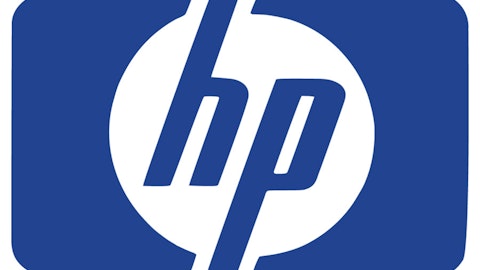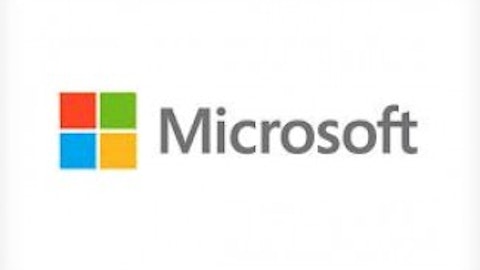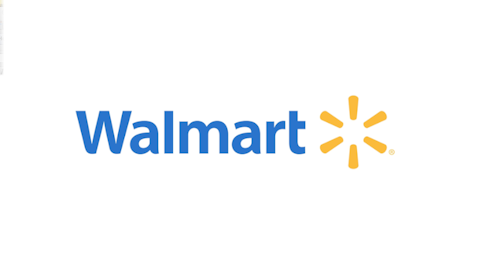In a bit of an earnings report shock, Wal-Mart Stores, Inc. (NYSE:WMT) unexpectedly missed estimates for the second quarter. Same-store sales dropped 0.3%, while net income only increased by $50 million from the previous quarter. The reasons for the miss were supposedly due to circumstances beyond Wal-Mart’s control; they include events such as the Social Security and payroll tax hikes hurting their working-class customer base and inflation-driven grocery bill increases. International sales also dropped 2.9%, which the company attributes to the poor weather in Asia and Europe.
For the past few years, Wal-Mart Stores, Inc. (NYSE:WMT) had been seen as the recession-proof big box store. This is thanks to a low price model that enables working-class people to fulfill their grocery needs without breaking the bank, in addition to leading the pack in low-skill hiring. This second-quarter downturn caught a lot of people off-guard, especially when its more upmarket competitors did comparatively well.

Is this a sign the economy is improving?
Members-only is in for this upper-class store
Wal-Mart Stores, Inc. (NYSE:WMT)’s doppleganger, Costco Wholesale Corporation (NASDAQ:COST), has not released earnings yet for the quarter but has performed very well over the last three months. Average net sales have increased by 7% year-over-year from May to July for a total of roughly $26 billion. Same-store sales have also increased by 4%-6%, showing that the decline is not uniform across the big-box landscape.
It should be noted that Costco Wholesale Corporation (NASDAQ:COST) operates on a different business plan than Wal-Mart Stores, Inc. (NYSE:WMT), however, largely because of the fact that Costco customers can only shop there with a membership program. This results in a middle to upper-middle class customer base that needs to buy certain items in bulk, sold largely through Costco’s store-brand counterpart Kirkland.
With 4 million new members signed up in 2011 and executive-level members now comprising 2/3 of the revenue despite only being 1/3 of the customers, it’s clear that the economy has improved to the point where people will pay for a membership to shop for presumably better-quality goods. Costco Wholesale Corporation (NASDAQ:COST) also announced an increase in its annual cash-back cap from $500 to $750 on executive membership cards and a separate reward system for online shopping, encouraging repeat trips for customers.
Loyalty paying off for this middle-class store
In between Costco Wholesale Corporation (NASDAQ:COST) and Wal-Mart Stores, Inc. (NYSE:WMT) lies Target Corporation (NYSE:TGT). Like Costco, Target saw a boost in both year-over-year sales and same-store sales in the US, though smaller at a 2.4% and 1.2%, respectively. Helping the company’s earnings report was a $1.1 billion dividend payout and share buyback program, boosting the company’s earnings per share numbers. Net earnings were soft at $611 million, but Target was able to get around that with expense controls and cost cutting. This is similar to the soft quarter that Wal-Mart had, but the company managed to stay on the positive side on sales.
A notable improvement for Target Corporation (NYSE:TGT) was in the increased usage of its REDcard program, a rewards program for frequent Target customers. Purchases on the REDcard made up 18.7% of total purchases last quarter. As with Costco Wholesale Corporation (NASDAQ:COST), this shows that those who can afford to will pay extra to be part of a rewards program that provides special perks like cash back or an extended return period. While Target has no plans to adopt Costco’s membership-only structure, it shows that there is a growing business for membership perks at popular stores. This allows for more foot traffic and increased sales among regular customers, an asset for a middle-class catered store like Target Corporation (NYSE:TGT).
Tough road ahead for the lower-class store
Costco has made the most moves in terms of planning for the future with the increase in the cash rewards ceiling bringing in new members, as well as the general plan of rotating product lines and minimal store beautification to keep profits up. This explains why it has the best price-to-book ratio of the three companies at 4.7, as well as year-over-year quarterly revenue growth of 7.9% thanks to the increase in executive-level memberships. The reliance on memberships to push the company over the top also leads to a razor thin 1.94% profit margin, however, while the other two companies come in at over 3.6% thanks to a steady stream of customers who buy in bulk.
With the economy improving, more shoppers will go to Costco or Target Corporation (NYSE:TGT) than Wal-Mart if they can because they can afford to. The perils of Wal-Mart’s model is that its customer base tends to live paycheck to paycheck, causing something like the recent payroll tax hike to hinder customer buying habits more than it would at the other two stores, whose customers tend to have a stronger financial footing.
As the economy improves, Costco and Target Corporation (NYSE:TGT) will improve for investors as well. Wal-Mart, on the other hand, will most likely stagnate as it adjusts to the new economic realities its customers face. It’s not that the bad economy is hurting Wal-Mart, but rather that a good economy is helping its competitors.
The article This Big Box Store Doesn’t Like a Good Economy originally appeared on Fool.com and is written by John McKenna.
John McKenna has no position in any stocks mentioned. The Motley Fool recommends Costco Wholesale (NASDAQ:COST). The Motley Fool owns shares of Costco Wholesale.
Copyright © 1995 – 2013 The Motley Fool, LLC. All rights reserved. The Motley Fool has a disclosure policy.





